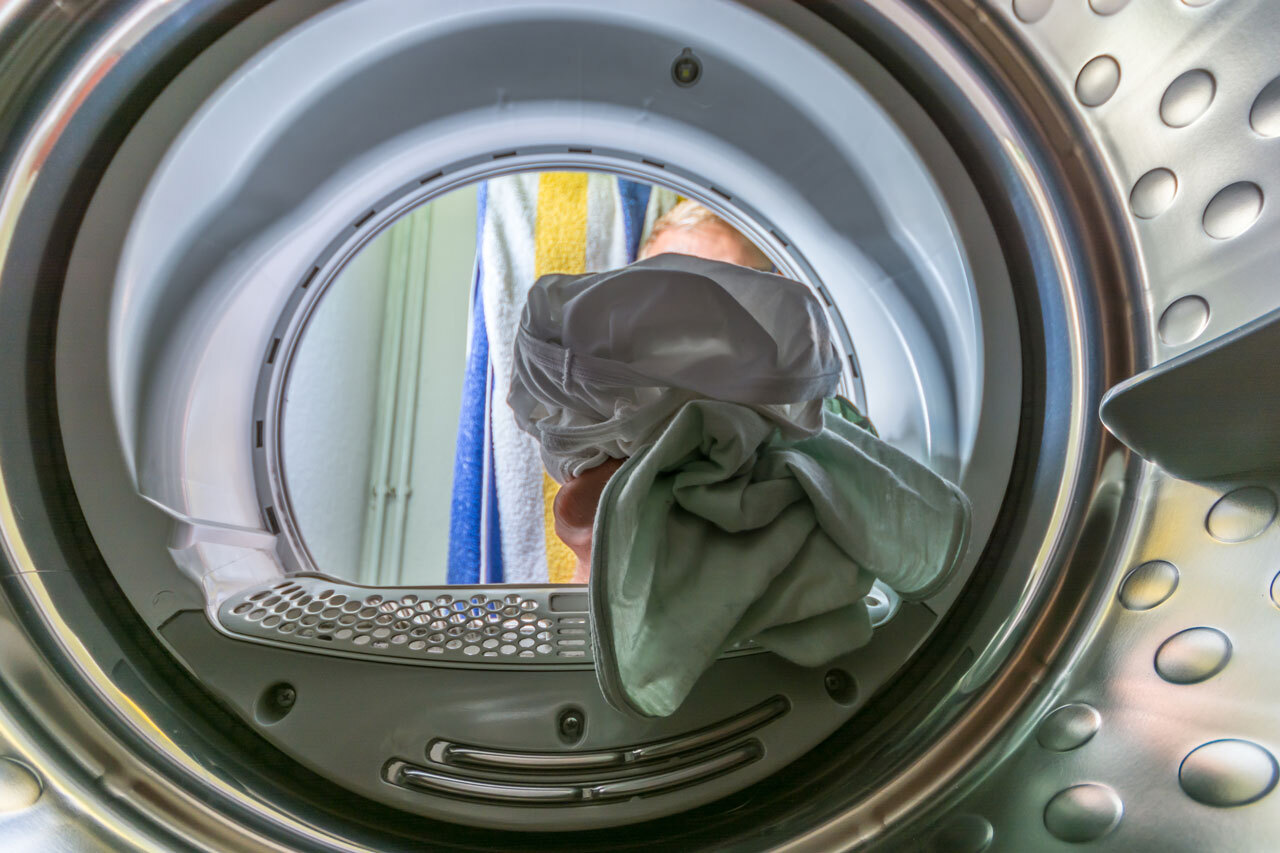The Benefits Of An Electric Heat Pump Clothes Dryer
ACE Staff Writer
|April 6, 2023

Laundry is a never-ending chore, and one of the essential appliances in our homes is the clothes dryer. However, traditional dryers that use electricity or natural gas can be costly to operate, consume a lot of energy, and release harmful pollutants into the environment. This is where an electric heat pump clothes dryer comes in, a technology that’s been gaining popularity in recent years. Let’s explore how a heat pump clothes dryer works, their benefits, and most importantly, the savings that come with owning one.
What is a Heat Pump Dryer?
A heat pump dryer is an appliance that uses air to dry clothes, just like a traditional dryer. The difference is that instead of heating the air using electricity or natural gas, it uses a refrigerant to extract heat from the air in the room, and then recycles it back into the dryer drum to dry the clothes. The heat pump technology used in these dryers is the same as that in air conditioners and refrigerators.
How Do Heat Pump Dryers Work?
The process of drying clothes in a heat pump dryer begins with the machine pulling in air from the surrounding environment. The air passes through a heat exchanger where a refrigerant absorbs the heat from the air, causing the moisture in the air to condense into water. The water then drains into a tank, which the user can easily empty.
The refrigerant, now in a gaseous state, is then compressed, raising its temperature. The hot gas is then pumped through another heat exchanger, where it releases its heat into the drum of the dryer. The hot air dries the clothes, and the now-cold refrigerant returns to its original state and starts the cycle again.
Benefits
- Energy Efficiency: Heat pump dryers are much more energy-efficient than traditional dryers. According to the US Department of Energy, a heat pump dryer can save up to 50% on energy costs compared to conventional dryers. This is because it uses the heat from the surrounding air to dry clothes, rather than relying solely on electric or gas heating elements.
- Cost Savings: Heat pump dryers may have a higher upfront cost than traditional dryers, but they pay for themselves in the long run. The savings on energy costs over time can be substantial. According to one study, a heat pump dryer can save the average household up to $330 over five years, compared to a traditional dryer.
- Environmentally Friendly: Heat pump dryers are also better for the environment, as they produce fewer greenhouse gases than traditional dryers. A study by the American Council for an Energy-Efficient Economy (ACEEE) found that heat pump dryers produce 50% less CO2 emissions than electric dryers and 70% less than gas dryers.
- Improved Indoor Air Quality: Traditional dryers can release harmful pollutants into the air, such as carbon monoxide and nitrogen oxides. Heat pump dryers, on the other hand, don’t have combustion processes and don’t produce any harmful pollutants. They also don’t heat the air as much as traditional dryers, which can help improve the air quality inside your home.
- Safety: Heat pump dryers are much safer than traditional dryers because they don’t need venting. This makes it safer as lint stuck inside dryer vents can cause fires and require frequent maintenance and cleaning.
- Versatility: Heat pump dryers are versatile and can be installed in various locations in your home, including basements, garages, and closets. They’re also quieter than traditional dryers, making them perfect for homes with open floor plans or in areas where noise is a concern.
Savings
Heat pump dryers offer significant savings in energy costs, which can add up over time. More importantly, due to the ground breaking Inflation Reduction Act of 2022 many American families will be eligible for a rebate of up to $840 when changing out to a new heat pump dryer. Let’s look at some examples of how much you can save by switching to a heat pump dryer.
Example 1: A family of four in a moderate climate uses a traditional dryer for 300 cycles.
Assuming an electricity cost of $0.12 per kWh and a gas cost of $1.00 per therm, the family would spend around $98 per year on drying clothes with a traditional electric dryer and $58 per year with a traditional gas dryer. If they were to switch to a heat pump dryer, their annual energy cost would be around $43, resulting in a savings of $55 per year compared to an electric dryer and $15 per year compared to a gas dryer.
Example 2: A household of two adults in a cold climate uses a traditional dryer for 200 cycles per year.
Assuming an electricity cost of $0.15 per kWh and a gas cost of $1.50 per therm, the household would spend around $65 per year on drying clothes with a traditional electric dryer and $70 per year with a traditional gas dryer. If they were to switch to a heat pump dryer, their annual energy cost would be around $32, resulting in a savings of $33 per year compared to an electric dryer and $38 per year compared to a gas dryer.
As you can see from these examples, the savings with a heat pump dryer can be significant, especially over time. The cost savings in energy bills combined with Inflation Reduction Act rebates might make this a winner for most American families.
Heat pump dryers are an excellent investment for anyone looking to save money on energy bills while also reducing their environmental impact. They’re energy-efficient, environmentally friendly, and can save you hundreds of dollars over time. If you’re in the market for a new dryer, consider a heat pump dryer as a cost-effective and energy-efficient option.
Join our Youth Action Network
More Blog Posts

Unnatural, Not Unprecedented
For two weeks, residents of Southern California endured a waking nightmare. Parents raced against time – hurrying down the driveway …
Read MoreCrafting a Vision for the Future: My Experience at LCOY USA 2024
Dry and sunny Tempe, Arizona where temperatures have been over 100 F for 113 consecutive days, delegates gathered to attend …
Read More
7 Ways to Weatherproof Your Home on the Cheap (+1 Not-So-Cheap)
As colder weather sets in, understanding how to weatherproof your home is key to maintaining warmth and reducing energy costs. …
Read More